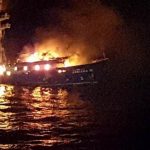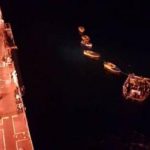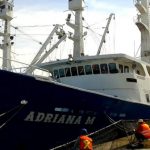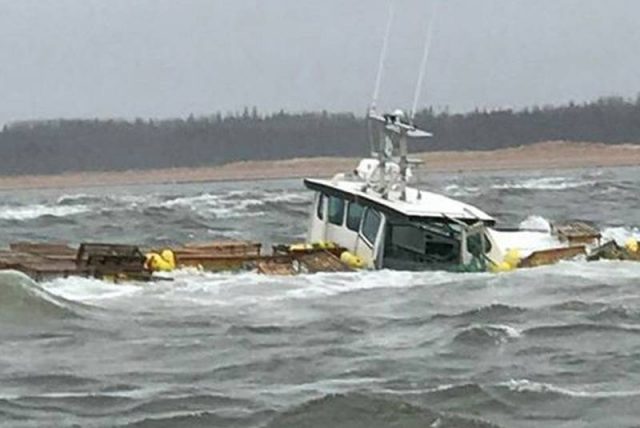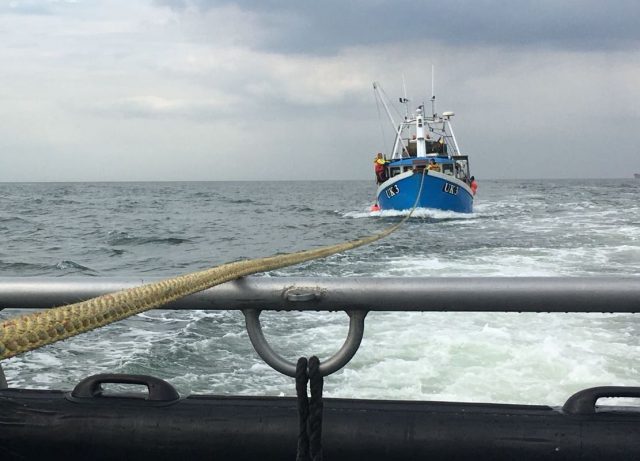Adriana M
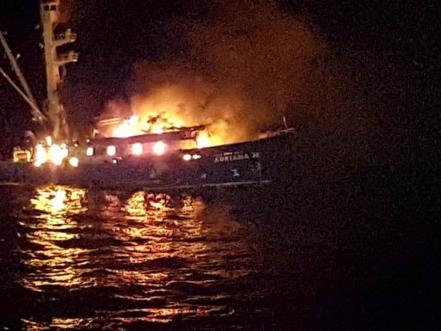
The fishing vessel Adriana M caught fire south of Chacahua Bay, Oaxaca, Mexico. The fire started during the early morning hours and quickly spread through the vessel’s superstructure. The 24 crew on board the Adriana M sent out a distress call and shot flares before escaping into life rafts. As the fire consumed the tuna boat, the 183 meter long tanker Centenario headed to the scene. The tanker rescued all 24 crew along with 2 dogs from the Adriana M. and proceeded to Salina Cruz. The cause of the fire was not reported. No reports of injuries.
